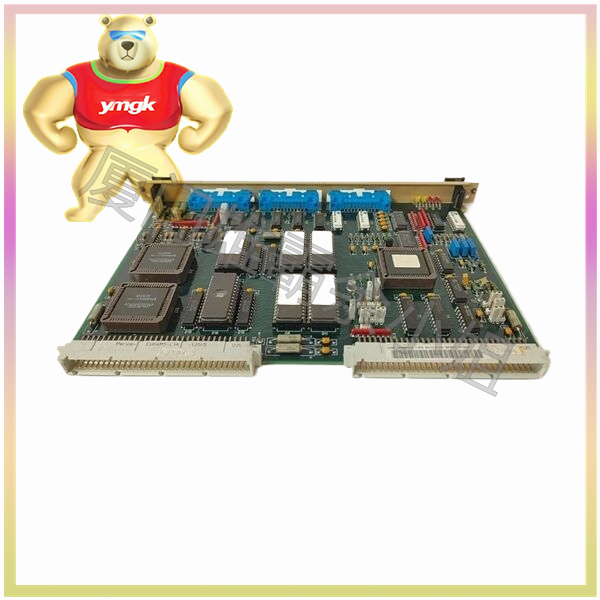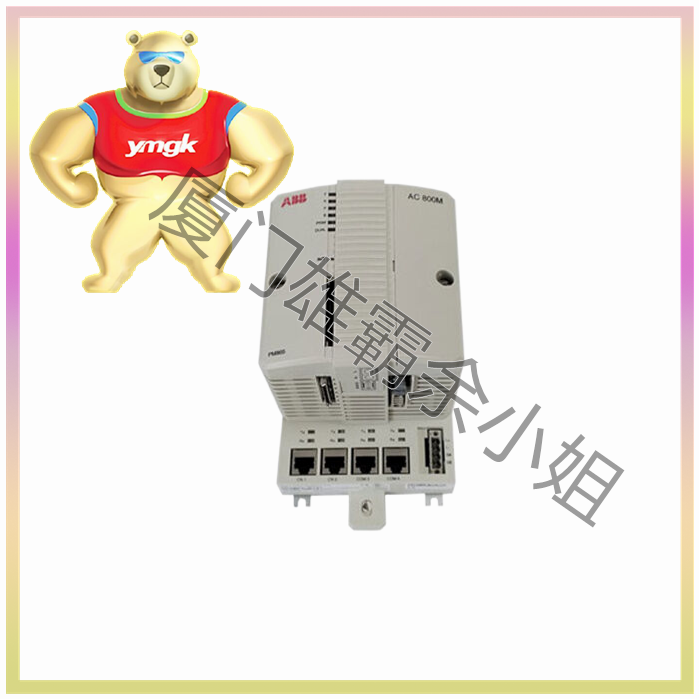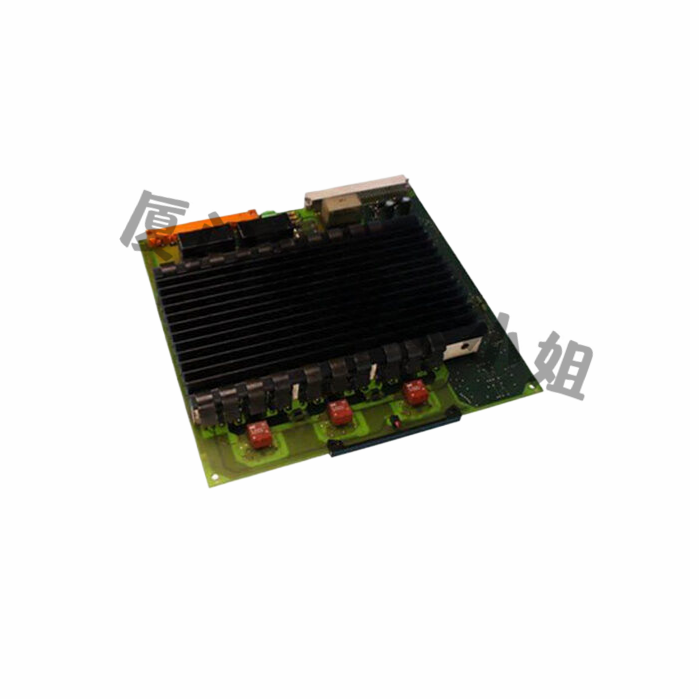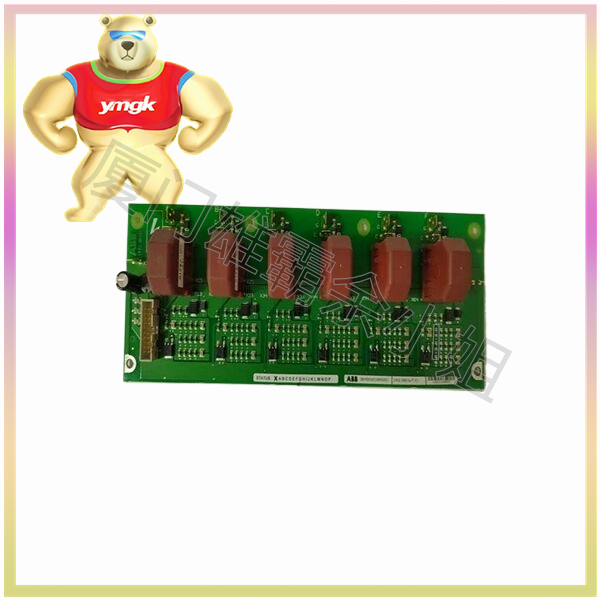The functions of the PLC communication module are mainly reflected in the following aspects:
High speed data transmission: The PLC communication module can achieve high-speed data transmission between PLC and other devices. This data transmission capability enables PLC systems to obtain external data in real-time and respond quickly. For example, in remote monitoring and control applications, the PLC communication module can transmit real-time data of the PLC to the remote monitoring center through the network to achieve real-time monitoring and control of remote devices.
Remote monitoring and control: The PLC communication module enables users to monitor and control remote PLCs through networks or other communication methods. No matter where the user is, as long as there is a network connection, they can monitor the real-time operation status of the PLC and perform relevant control operations. This remote monitoring and control function provides enterprises with a more flexible and convenient way of device management.
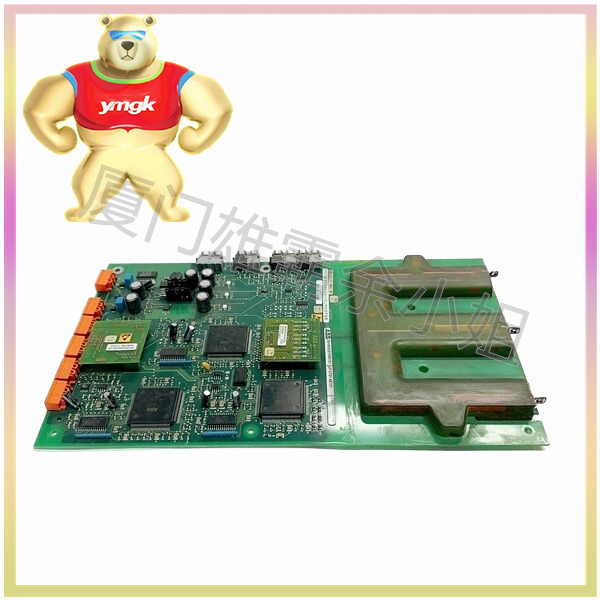
Data transmission encryption: In order to protect the security of data, PLC communication modules usually support encryption functions for data transmission. The use of encryption technology can prevent data from being illegally intercepted and tampered with, ensuring the confidentiality and integrity of the data. This data encryption function is of great significance for protecting the business secrets and information security of enterprises.
Remote diagnosis and maintenance: The PLC communication module enables equipment suppliers or technical support engineers to remotely diagnose and maintain customers using the equipment through the network. Through remote diagnosis, suppliers and engineers can monitor the operational status of equipment in real time, identify and solve potential problems in a timely manner, reduce downtime, and improve equipment reliability and stability.
Cross platform compatibility: PLC communication modules typically support multiple communication protocols and network standards, enabling communication with PLCs and other devices from different manufacturers. This cross platform compatibility allows users to freely choose devices that suit their needs in different environments and achieve interconnectivity between devices.


